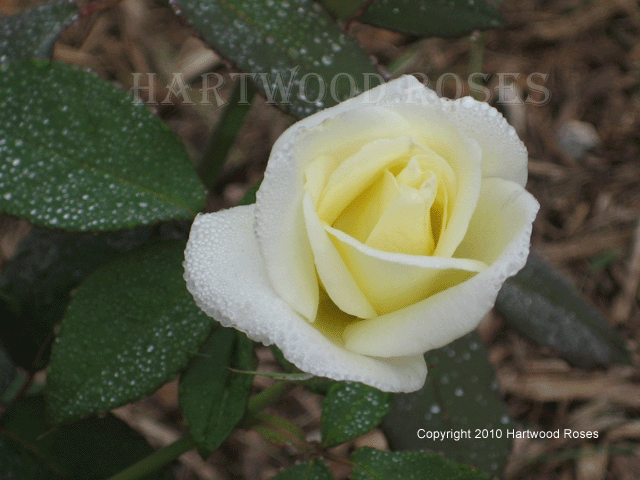Madame Lombard
1878
"Angel's Camp Tea"
Found Rose
Burbank
1900

"Puerto Rico"
Found Rose
Tea roses build a twiggy structure that will eventually form a round bush, usually a bit wider than it is tall. Many of them can get quite large and they dislike hard pruning, so give them some room.
Cels Multiflore
1836
"Fredericksburg Cemetery"
Found Rose
Comtesse Riza du Parc
1876

"Sawyer Plot Tea"
Found Rose
Tea roses thrive in hot weather ... blooming through the heat of summer, instead of sulking like modern hybrid teas can do.
Homere
1858
Isabella Sprunt
1855
Madame Antoine Mari
1901
Madame Joseph Schwartz
1880
Aren't the colors beautiful? They're warm and gentle ... never garish or loud.
"Bryan Freidel Pink Tea"
Found Rose
Mrs. B. R. Cant
1901
Mrs. Dudley Cross
1907
"Odee Pink"
Found Rose
Depending on the variety, the colors can be quite variable. Sometimes they're darker, sometimes lighter. None is more variable than "Smith's Parish", a Found Rose that was discovered in Bermuda. It can have flowers that are white, or pink, or red, or any combination of the three.
"Smith's Parish"
Found Rose
As you might expect, since these beauties need heat to grow and bloom their best, they can be quite winter tender. Most of them are not reliably hardy where it gets colder than here in USDA Zone 7 ... and some of them are iffy here unless planted in a protected spot. I lost four tea roses last winter (Huntington Tea, Bon Silene, Isabella Sprunt, and Mrs. Dudley Cross) because I had mistakenly planted them in a frost pocket.

Rubens
1859
"Westside Road Cream Tea"
Found Rose
Safrano
1839
If you live in a place where the climate is warm enough, and you have a bit of garden space to devote to a beautiful, tough rose, think about Tea roses. Do you have room in your garden for a rose that can do this:
Safrano
Beautiful!
(written by Hartwood Roses. Hartwood Roses blog.)






























